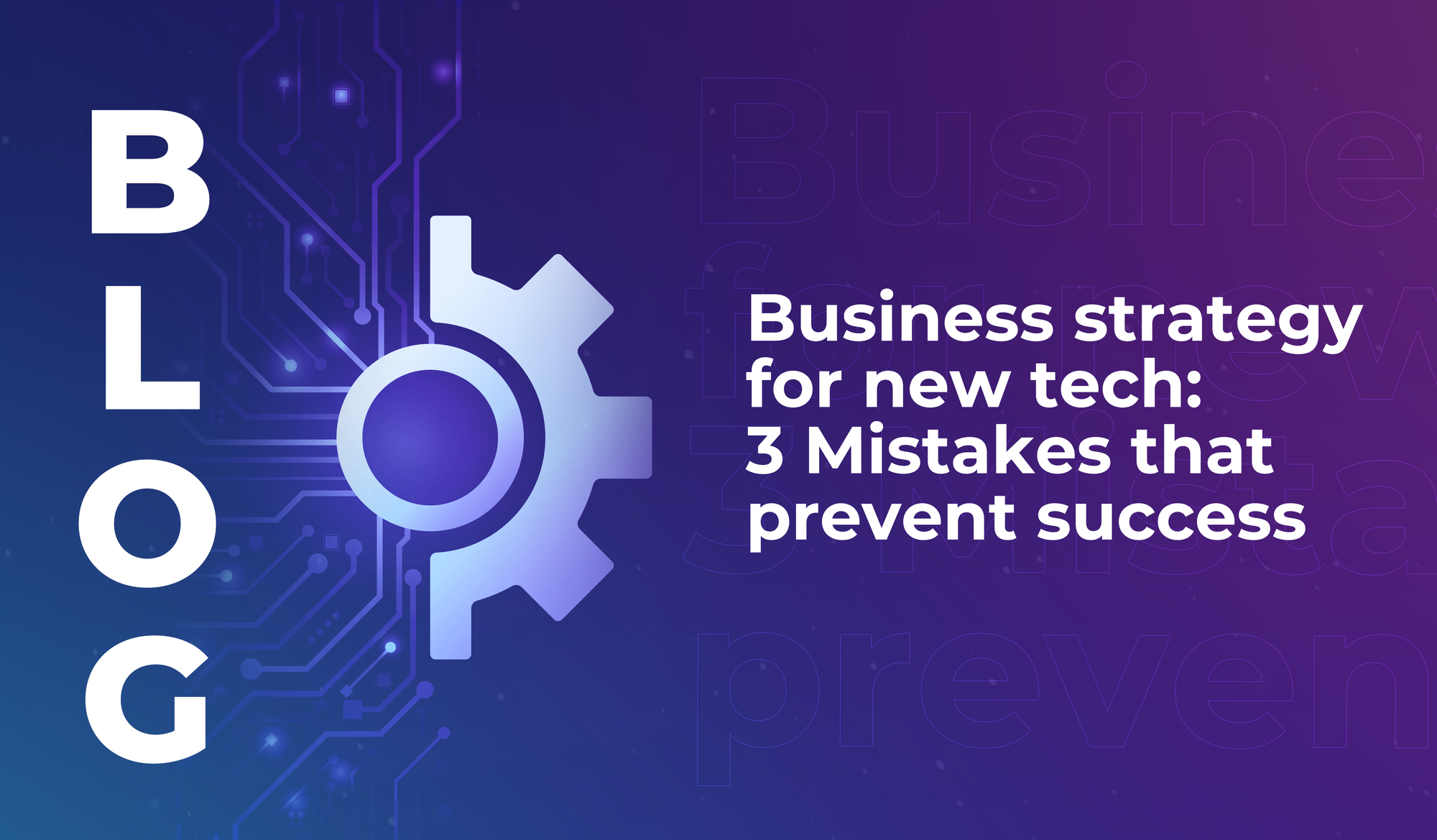
Want to work in space tech? Read this.
The global space sector is hiring faster than universities can produce graduates. If you’re an early-career technologist considering a career in space, this is for you.


Areiel Wolanow (Managing Director at Finserv Experts) has a track record of building efficient and effective business models from scratch, and he has an impeccable eye for business transformation potential.
Because the thing is, as he pointed out in this interview:
“Emerging tech delivers zero value on its own. It is the new business models that emerging tech makes possible that deliver true change.”
We asked Wolanow to share the top mistakes tech innovators make when it comes to the business models they build around their products and services.
“One, insufficient focus on business model innovation. I’ve been working in emerging technologies for my entire 35-year career; with every new innovation I have seen companies spend tens of millions of dollars to deploy the latest tech to reengineer their existing business models, and be surprised when these projects fail to deliver any ROI even when they succeed, which they usually don’t.
“Emerging tech delivers zero value on its own. It is the new business models that emerging tech makes possible that deliver true change.
“Two, insufficient regulatory clarity. We normally think of regulators as inhibitors to innovation, but actually they have the potential to be heroes. The simple reality is that investors will be very shy about putting money into any new idea, no matter how innovative it might be, if they think there is a chance that regulators might shut it down. By providing a clear roadmap, even with the acknowledgement that the roadmap can change in response to real-world events, regulators can play a huge role in unlocking innovation.
“And three, insufficient focus on adoption decision-makers. It’s a sad truth that the correlation between the most innovative solutions and the most commercially successful ones is a weak one at best. In the earliest stages, innovators should prioritise winning the confidence of the senior decision makers who will be willing to give their new solutions a try when they are ready.”
“The annals of business history are full of stories about businesses large and small killing themselves with strategy, product, and marketing debacles that could have been prevented if they better understood the cultural implications of their decisions.
“One famous example is Chevrolet deciding to market its hugely successful Nova compact car in Latin America using the same name, without consulting any native Spanish speakers – who would have pointed out that ‘No va’ in Spanish means ‘Doesn’t go’.
“The advent of large language models means it should be possible to craft software that catches a decent percentage of such cultural catastrophes in the making.”
“This is actually a good part of what my firm does for a living, and the answer starts with prioritising the business model in your design work.
“In other words, it’s perfectly fine to be inspired by the possibilities of a new technology, but the first thing you should do is design the new business that technology makes possible. Define the business model, and even the high-level target operating model first, then get that model validated by industry leaders and potential customers.
“Then and only then should you start thinking about technology solutions.”
“One, failure to define a business model that significantly improves on the way things are done now.
“Two, failure to validate that your innovation will actually be valued by the people it is aimed at helping.
“Three, failure to cultivate a network of adopters who are ready to use your innovation before spending money to build it.”
“Most companies, ours included, evaluate the ROI of participating in technology conferences by the business opportunities they surface; the content of the actual speakers and panels is entirely secondary to this goal.
“This was our third LEAP, and it has certainly delivered for us when it comes to that ROI, but what has continually amazed me is how good the actual program content is.”
Thanks to Areiel Wolanow at Finserv Experts. If you want to deepen your knowledge on the link between tech innovation and effective business strategy, register now to learn at LEAP 2026.

The global space sector is hiring faster than universities can produce graduates. If you’re an early-career technologist considering a career in space, this is for you.

NASA has handed nine companies small cheques to answer a big question: can Mars exploration shift from bespoke missions to bought-in services?

How miniaturisation is transforming space tech – from student-built satellites to global innovation networks orbiting above us.

The global space sector is hiring faster than universities can produce graduates. If you’re an early-career technologist considering a career in space, this is for you.

NASA has handed nine companies small cheques to answer a big question: can Mars exploration shift from bespoke missions to bought-in services?

How miniaturisation is transforming space tech – from student-built satellites to global innovation networks orbiting above us.